I can’t really write about Salem and The Witch House without giving a general overview of witchcraft and how it fits into world history. Fear and persecution of witches have been around as long as there have people and still exist in parts of the world today. Countries like Saudi Arabia and even India regularly partake in witch hunts or use accusations of sorcery as a means of revenge or to silence people.
Historically, in Europe and North America, witchcraft fever and hysteria really accelerated around the start of the Reformation (1517). Some say England’s Act Against Conjurations, Enchantments and Witchcrafts and Scotland’s Witchcraft Act were used to control the actions of the population or to legally execute people who were a threat to the state or church (e.g. people who practiced Catharism, which was a religious movement that directly challenged Christianity, were frequently branded as witches).
The Witchcraft Trials in Salem were tame in comparison to the those in Europe. To put the scope into perspective: in Salem, officials executed a total of 20 people between June and September 1692 (19 by hanging and 1 by crushing). Long before this, in Europe, 50,000 to 80,000 suspected witches were executed between 1500 and 1660; some estimate this number to be as high as 100,000. Of all countries, Germany was the worst because its judicial processes were the worst.
But, back to Salem. Salem’s witch trials come around the time when those in England were winding down. By 1735, the British abolished any sort of persecution with the Witchcraft Act of 1735.
The hysteria in Salem started in 1692 when four tween-aged girls (Elizabeth Parris, Abigail Williams, Elizabeth Hubbard, and Ann Putnam) started having “fits,” which the local doctor claimed were caused by witchcraft. Under duress from local magistrates Jonathan Corwin and John Hathorne, the girls blamed their fits on three women: Tituba (Parris’ Caribbean slave whom befriended the girls and told them stories from her homeland), Sarah Good (a homeless woman), and Sarah Osborne (a sick elderly lady).
Once the girls made accusations against the three women listed above, these women were interrogated repeatedly. The two Sarah’s maintained their innocence throughout questioning, but Tituba confessed to being a witch and during her confession indicated that there were several other witches in Salem plotting to bring the downfall of the Puritan religion. After this fabricated confession, paranoia ran wild and people throughout Salem started accusing each other of sorcery. When the dust settled, 19 people were hanged, one person was crushed, five people died in prison, and a town was forever changed.
There’s lots of speculation as to why the girls suffered from fits; suggested is everything from malicious jealousy to convulsive ergotism caused by eating tainted rye. I doubt we will ever really know for sure. All people accused of witchcraft during these trials have since been exonerated.
And, back to the Witch’s House…
One of the local magistrates mentioned above, John Hathorne, is the great grandfather of Nathaniel Hawthorne. The other, Jonathan Corwin, was once the owner of The Witch House. It’s unknown when the house was actually built; however, it was purchased by Judge Corwin in 1675 and he lived there for most of his life. The fact that the house once belonged to Corwin and he lived there during the witch hysteria is the only connection to the trials.
For more in-depth research, a great set of archival records from the trials can be found here. Also, the Peabody Essex Museum contains original records pertaining to the trials; it’s located across the street from the Salem Witch Museum at 161 Essex Steet.
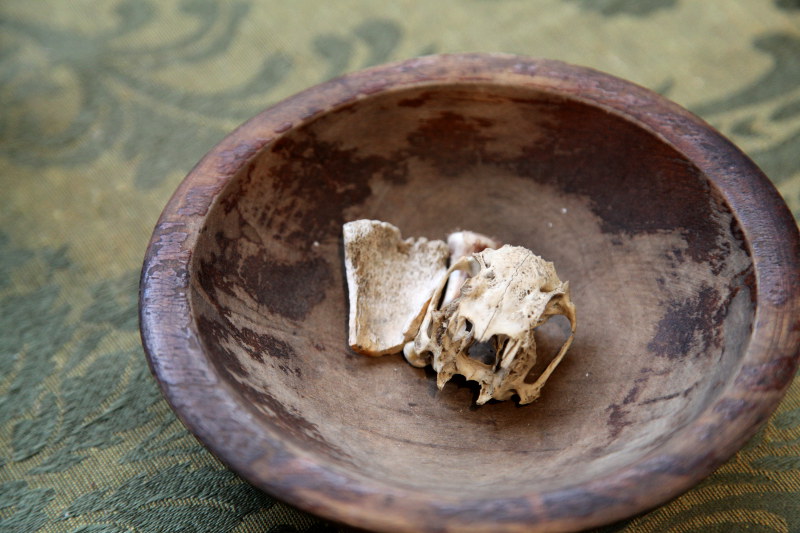
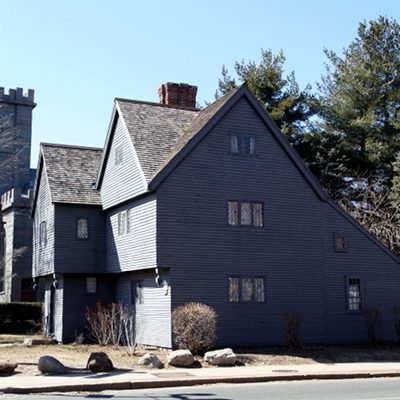
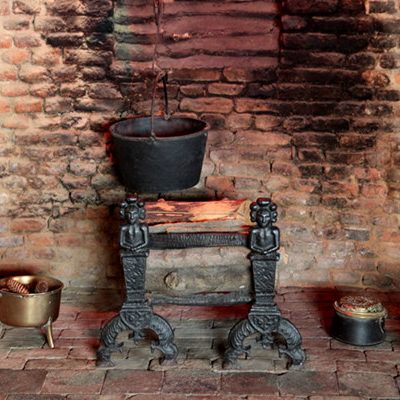
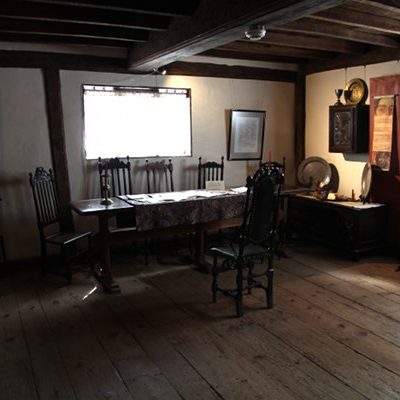
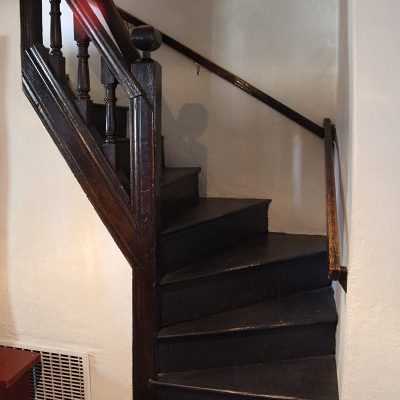
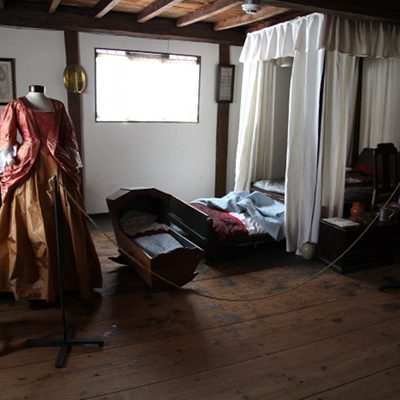
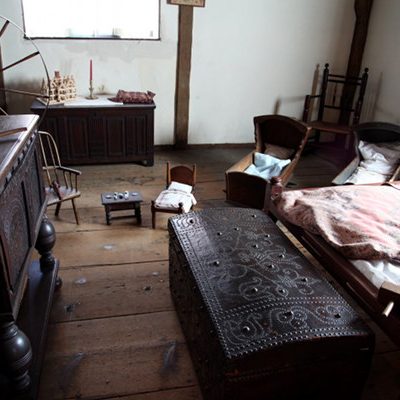
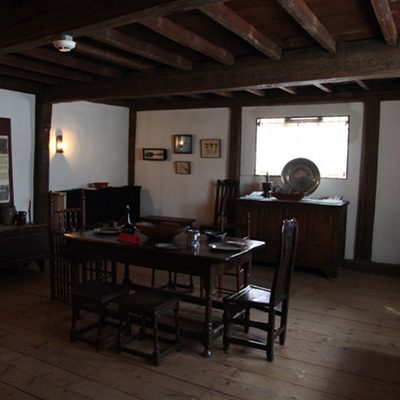
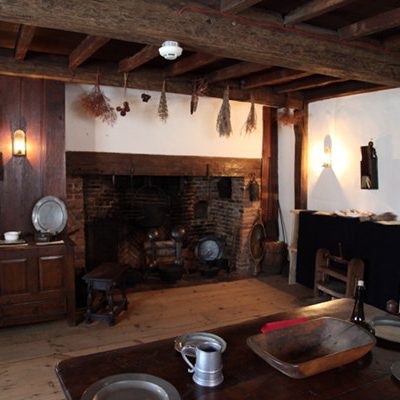
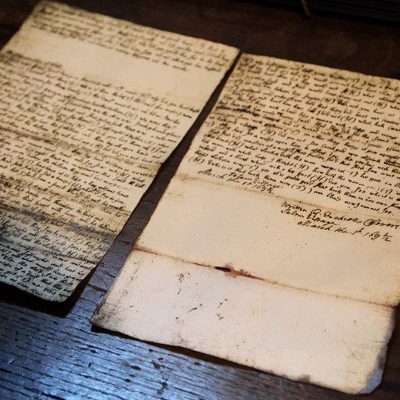
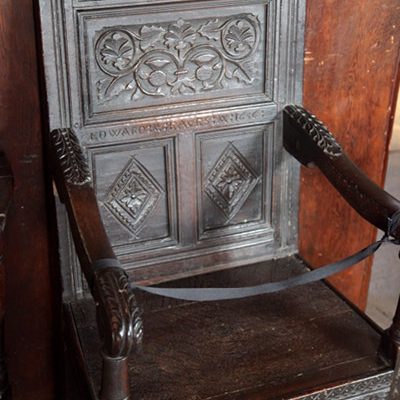
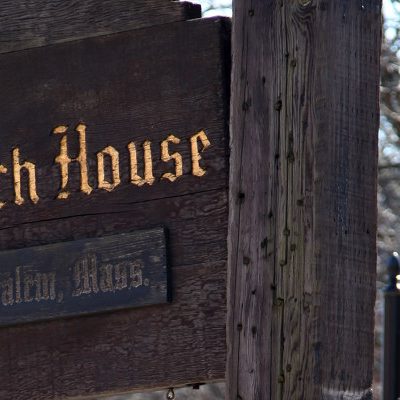
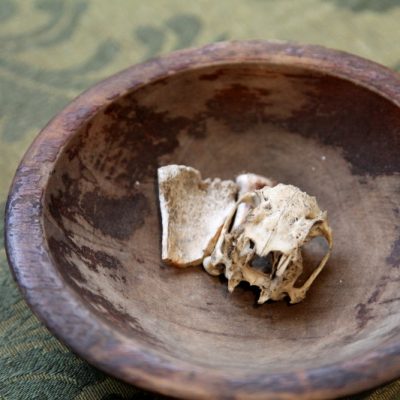
0 comments on “The Witch House and the Trials”Add yours →